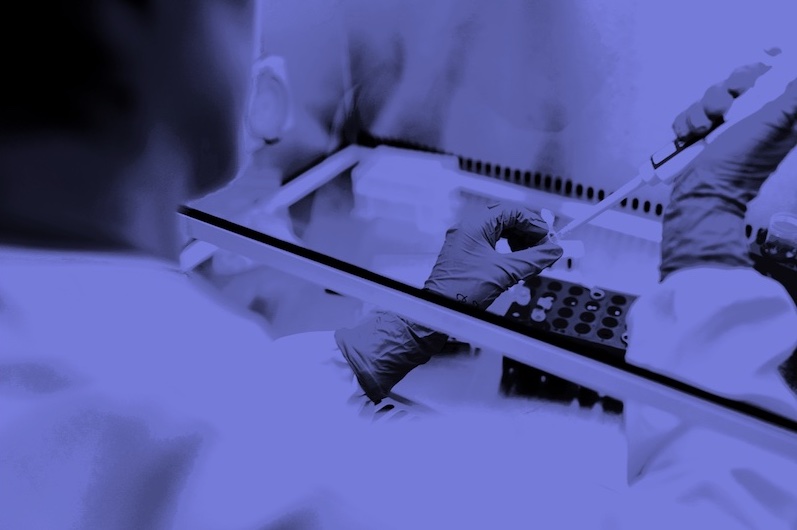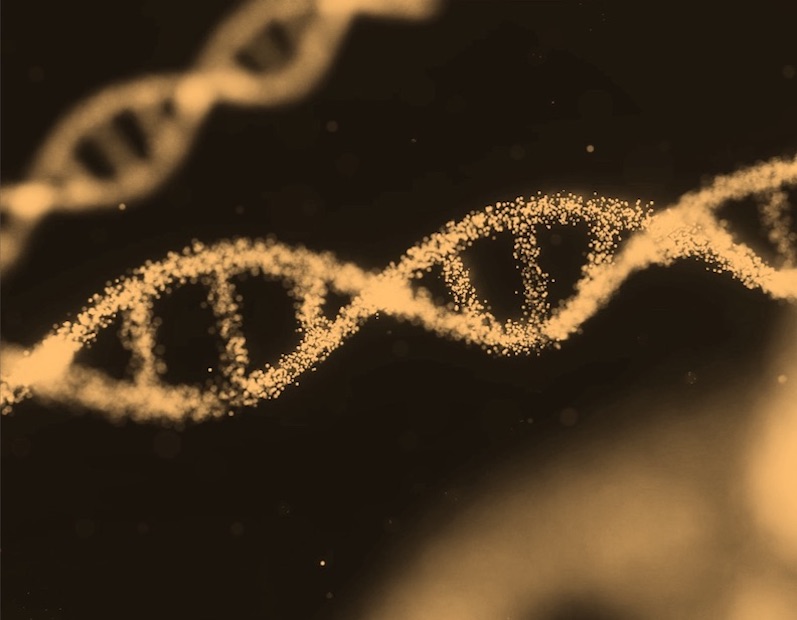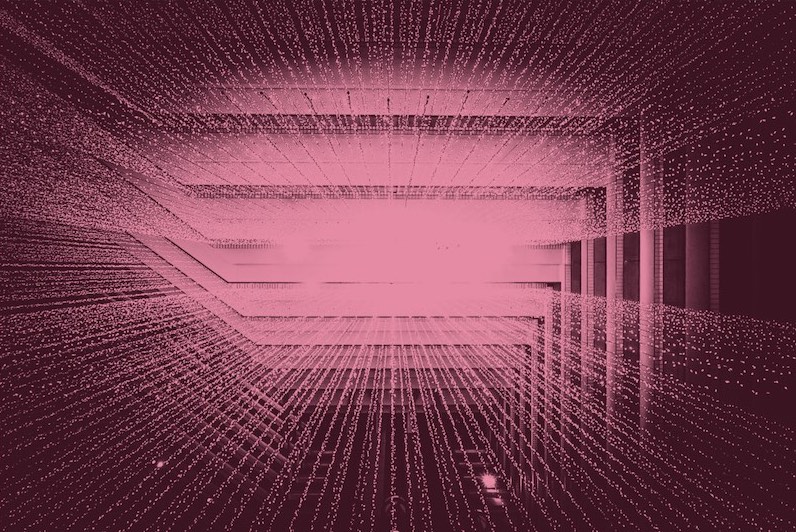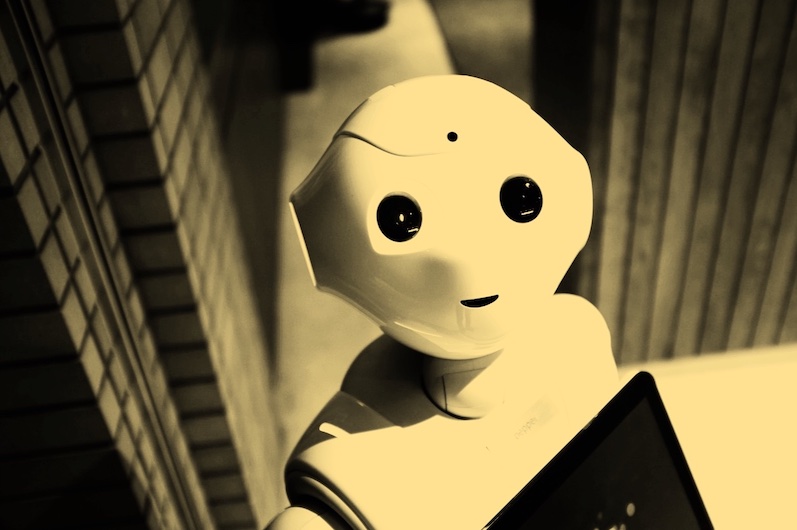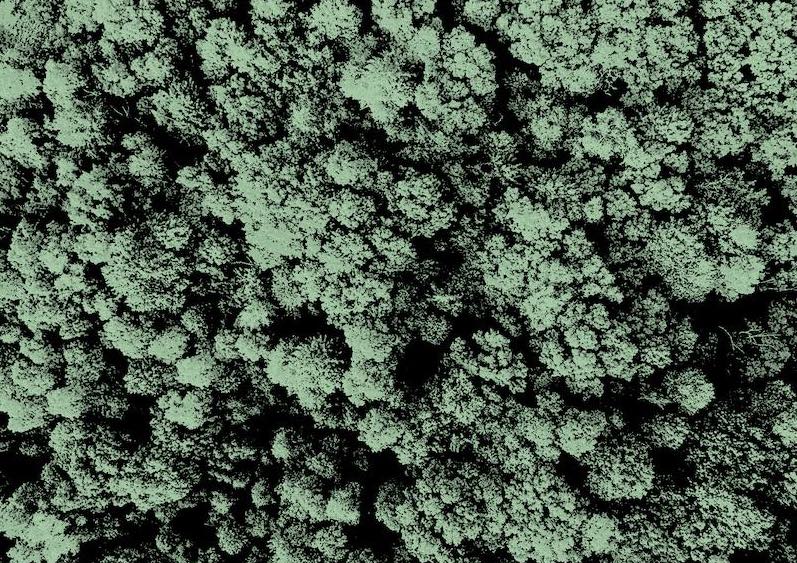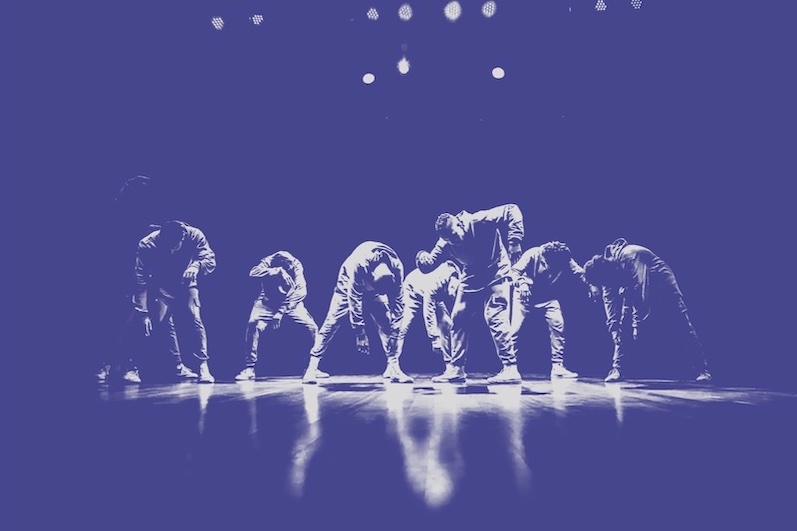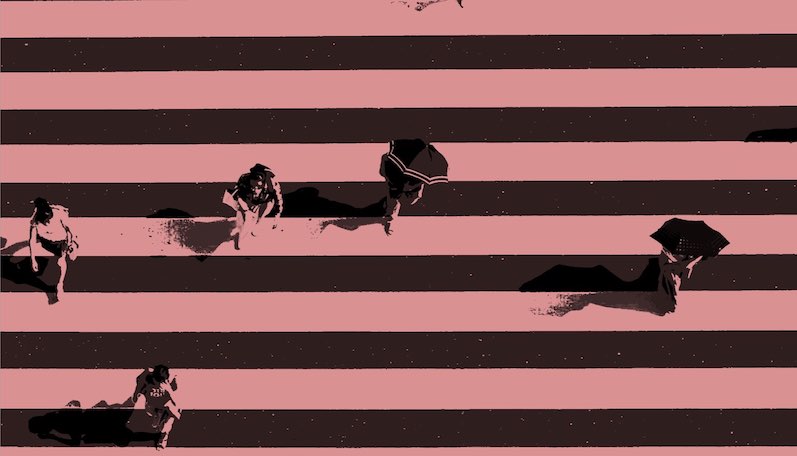What is it about?
Large B-cell lymphomas (LBCLs) are among the most frequent (about 30%) non-Hodgkin’s lymphoma. More than 60% of patients can be cured with first-line chemoimmunotherapy using the R-CHOP regimen. Patients with refractory or relapsing disease show a poor outcome even when treated with second-line therapies. CD19-targeted chimeric antigen receptor (CAR) T-cells are emerging as an efficacious second-line treatment strategy for patients with LBCL.
Featured Image
Why is it important?
CD19-targeted chimeric antigen receptor (CAR) T-cells are emerging as an efficacious second-line treatment strategy for patients with LBCL. Three CD19-CAR-T-cell products received FDA and EMA approval. The use of CAR-T cell therapy has also been explored for the treatment of high-risk LBCL patients in the first-line setting and for patients with central nervous system involvement.
Perspectives

Although CD19-CAR-T therapy has transformed the care of refractory/relapsed LBCL, about 60% of these patients will ultimately progress or relapse following CD19-CAR-T: therefore, it is fundamental to identify predictive criteria of response to CAR-T therapy and to develop salvage therapies for patients relapsing after CD19-CAR-T therapies. Moreover, ongoing clinical trials are evaluating bispecific CAR-T cells targeting both CD19 and CD20 or CD19 and CD22 as a tool to improve the therapeutic efficacy and to reduce the number of refractory/relapsing patients.
Prof. Giuseppe Leone
Universita Cattolica del Sacro Cuore
Read the Original
This page is a summary of: CAR-T CELL THERAPY IN LARGE B CELL LYMPHOMA, Mediterranean Journal of Hematology and Infectious Diseases, October 2023, Institute of Hematology, Catholic University,
DOI: 10.4084/mjhid.2023.066.
You can read the full text:
Contributors
The following have contributed to this page

